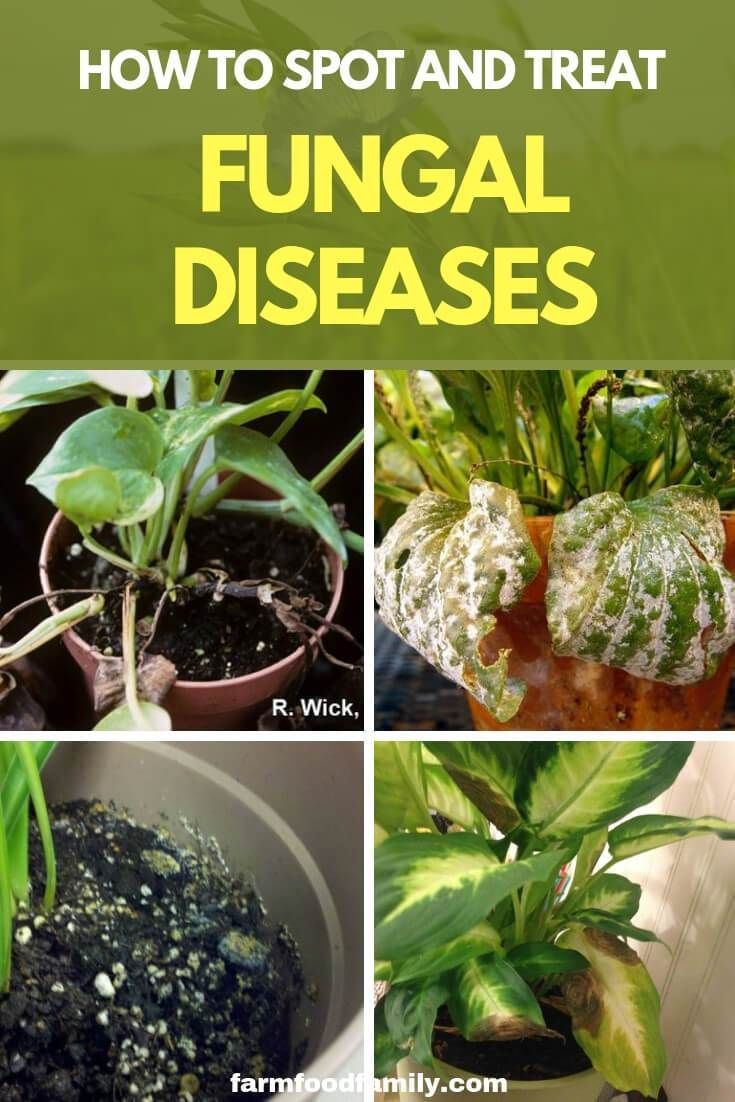The proliferation of fungal diseases in crops presents a formidable challenge to agricultural productivity and sustainability. These diseases invoke both economic and ecological repercussions, necessitating a thorough understanding of their treatment. The multifaceted nature of fungal pathogens, coupled with environmental variables and crop susceptibilities, underlines the complexity of effective management strategies. This discourse endeavors to elucidate the treatment modalities available for fungal diseases in agricultural settings, while also considering broader implications for crop health and ecosystem integrity.
Fungal Pathogens: An Overview
Fungi, as versatile organisms, inhabit a diverse range of ecological niches. Among them, certain species act as pathogens to plants, producing diseases that can severely compromise crop yields. These pathogens are typically categorized as necrotrophs, which derive nutrients from dead plant tissue, or biotrophs, which sustain themselves through living host cells. The mode of existence informs their interaction with host plants, influencing the trajectory of disease progression.
Recognizing the symptoms of fungal infections is critical for timely intervention. Common manifestations include discoloration, wilting, leaf spots, and various forms of necrosis. The specific symptoms exhibited often vary according to the particular fungal species involved, which poses a challenge for agronomists and farmers aiming to implement effective treatment protocols. A nuanced understanding of these pathogens is paramount for selecting appropriate management strategies.
Preventive Measures: The First Line of Defense
Before delving into therapeutic interventions, it is essential to highlight that prevention remains the most effective strategy against fungal infections. Integrated Pest Management (IPM) principles advocate for a holistic approach to disease control, which encompasses a variety of preventative measures:
Crop Rotation and Diversity
Rotating crops annually disrupts the life cycles of fungal pathogens by eliminating their preferred host. Such diversity not only diminishes the risk of pathogen accumulation in soil but also enhances overall soil health. Incorporating cover crops between main crops can further bolster soil structure and mitigate disease pressure by promoting beneficial microbial communities.
Soil Management Practices
Soil health is intrinsically linked to plant vitality. Ensuring optimal drainage, maintaining pH within acceptable ranges, and fostering organic matter content are fundamental to supporting crop resilience against diseases. Aerobic conditions and enriched soils discourage fungal proliferation while providing robust nutrition to crops.
Fungicide Applications: When and How
In instances where fungal diseases manifest despite preventive measures, chemical fungicides serve as a critical intervention. However, the indiscriminate application of fungicides may lead to resistance development among fungal populations. Thus, judicious usage, combined with proper timing and dosage, becomes imperative.
Types of Fungicides
Fungicides can be broadly classified into contact and systemic categories. Contact fungicides, as their name suggests, must directly contact the pathogen to be effective, typically forming a protective layer on plant surfaces. Systemic fungicides, conversely, are absorbed by the plant, offering internal protection against fungal invasion. Choosing the right type depends on the specific disease dynamics and the affected crop species.
Application Techniques
Uniform and timely application is crucial for the efficacy of fungicides. Foliar sprays are commonly used, but soil drenching may be appropriate in certain scenarios. It is paramount to monitor weather conditions, as rain can wash away contact fungicides, reducing their protective capability. Moreover, alternating between fungicide classes can mitigate the risk of resistance development.
Biological Control Agents: A Sustainable Approach
The advent of biological control presents an eco-friendly alternative to chemical fungicides. Utilizing beneficial microorganisms that naturally inhibit fungal pathogens offers a sustainable option that aligns with the tenets of environmental stewardship.
Types of Biological Agents
A diverse range of microorganisms, including bacteria and fungi such as Trichoderma and Bacillus, have been widely studied for their antifungal properties. These agents operate via several mechanisms, including antibiosis, competition for resources, or inducing systemic resistance within host plants.
Application Strategies for Biological Agents
Applying biological control agents necessitates precise timing and method. For instance, soil applications before planting can enhance root colonization, while foliar applications during early disease symptoms can provide immediate protective benefits. Regular monitoring is essential to evaluate their effectiveness and adjust application strategies accordingly.
Cultural Practices: Enriching the Crop’s Vigor
In conjunction with chemical and biological treatments, certain cultural practices fortify crops against fungal diseases.
Proper Irrigation Techniques
Overhead irrigation may inadvertently promote foliar diseases by creating a conducive environment for fungal spores. Transitioning to drip irrigation systems minimizes leaf wetness and curtails disease spread, offering a targeted approach to water application.
Pruning and Debris Management
Regularly pruning plants ensures adequate airflow and sunlight penetration, minimizing humidity levels that favor fungal growth. Moreover, prompt removal of diseased plant material from the vicinity diminishes potential fungal reservoirs and inoculum sources.
Monitoring and Data Collection: A Strategic Imperative
A systematic approach to monitoring crop health and disease incidence is critical. Employing technology, such as remote sensing and disease forecasting models, can aid in predicting disease outbreaks and optimizing treatment protocols. Such strategies render the decision-making process more data-driven, enhancing overall efficiency in disease management.
Conclusion: Navigating the Future of Crop Health
Addressing fungal diseases in crops demands an interplay of preventive measures, chemical, and biological interventions, coupled with robust agronomic practices. The adoption of a holistic approach that harmonizes these elements will not only mitigate the incidence of diseases but also foster sustainable agricultural systems. Continuous research endeavors directed towards understanding fungal pathogenesis and mechanism of action of various treatments will further refine the paradigm of crop disease management. As the world grapples with increasing food security challenges, prioritizing effective treatment strategies for fungal diseases will remain indispensable for resilient agricultural practices.
